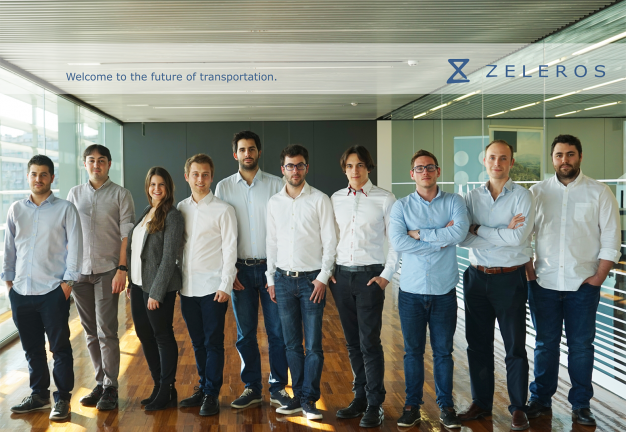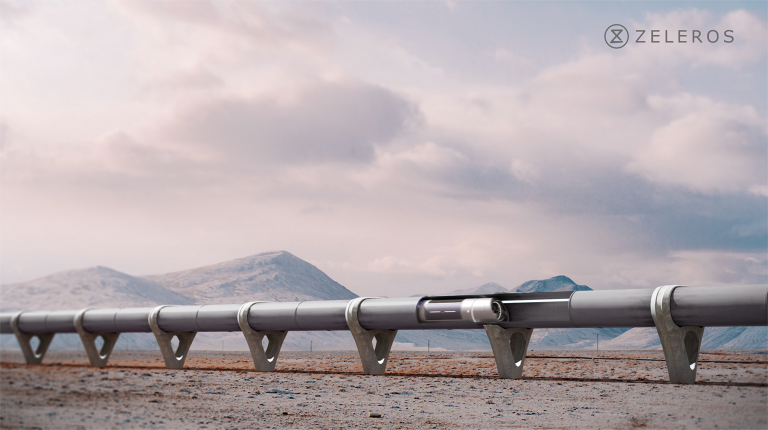IRU speaks to Juan Vicén, Co-founder of Zeleros Hyperloop – and joint winner of the IRU/Road Ventures startup competition. He explains the nuts and bolts – or the "coils and magnets" – of the Zeleros hyperloop system. With the first test-track due to be launched in 2019 – hyperloop is here.
What is a hyperloop?
Hyperloop is a new means of transport that combines the speed of a plane with the frequency of a metro. It is a system of capsules that levitate inside low-pressure tubes minimising air and ground resistance, enabling speeds of up to 1000 km/h with reduced energy consumption.
The concept of moving in low-pressure tubes was invented almost 200 years ago by English inventor George Medhurst and the levitation was then introduced by Russian professor Boris Weinberg in the early 1800s. During that century the magnetic levitation advanced, giving birth to the first magnetic levitation trains in China and Japan.
Meanwhile, the space race and research into low-pressure environments enabled the development of high-frequency automation and big vacuum infrastructures such as the Large Hadron Collider. These technological advances of the 20th century were decisive for the re-introduction of the concept in 2013 by Elon Musk, who proposed a concept and created a university competition to boost development. Since then, about six private companies (of which Zeleros is one) and two state-owned hyperloop initiatives (in China and Korea) have emerged.
How does Zeleros’ system achieve a scalable solution for long-distance travel?
The real problem when it comes to magnetic levitation transport systems (such as the Japanese and Chinese levitation trains or the hyperloop) is infrastructure costs. This is a problem because they have the main systems of levitation and propulsion all along the track.
Adding coils and magnets increases costs and makes it unfeasible for long distances (where hyperloop has the competitive advantage). Some hyperloop companies have proposed magnetic levitation trains inside a tube, working at very low pressure.
This is why at Zeleros we developed a solution in which the vehicle can propel and levitate autonomously with our proprietary technologies. It is also zero emissions (fully electric), reducing infrastructure complexity and thus offering the needed scalability for long distance routes. At the same time, there are other advantages.
It does not only reduce infrastructure construction, operation and maintenance costs by up to 30%, but it is also capable of working at similar pressures to aircraft, with already established and well-known safety systems that minimise risk for passengers in case of emergency.
“The main goal is to have energy efficiency and safety/comfort at the centre of the development.”
We are also working at international scale with European and Canadian hyperloop companies and public bodies such as the European Commission to achieve a standard, which will be the key to connect the world and ensure interoperability.










